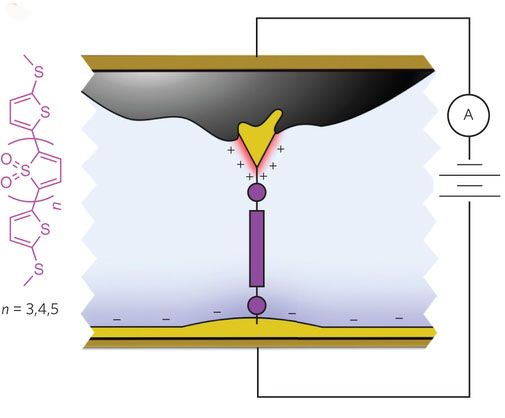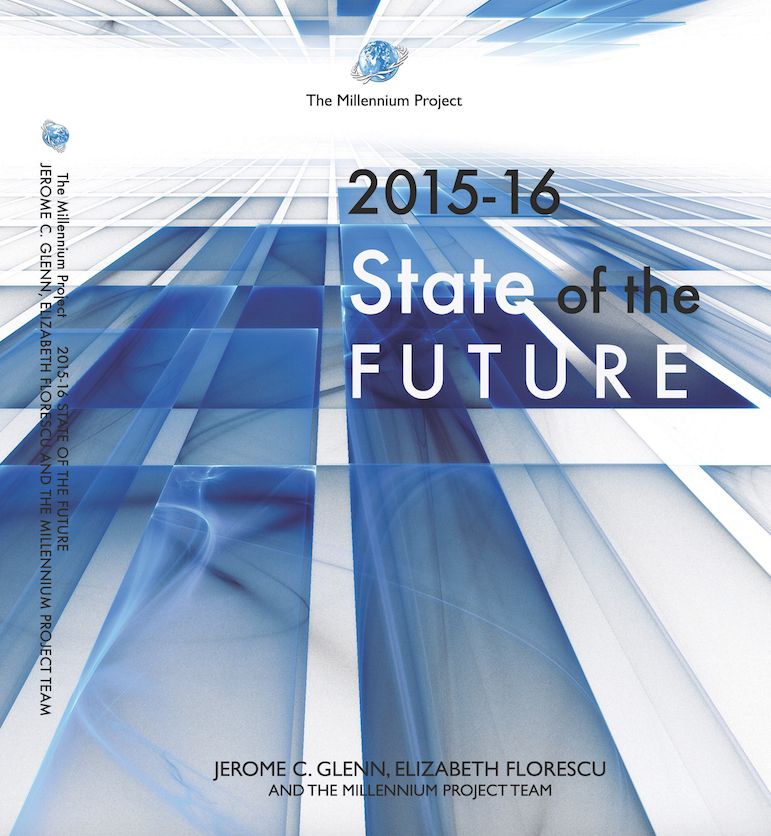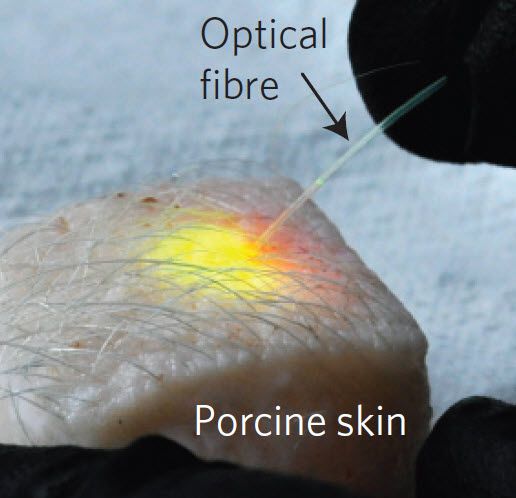Aug 5, 2015
If every woman has a smartphone imagine all the empowered people — By Melinda Gates | The Economist
Posted by Odette Bohr Dienel in categories: ethics, innovation
““Who is Sabita?” I was looking right at Sabita Devi when she said these words. She was describing her life as a wife and mother in Jharkhand, one of the poorest states in India, where she has spent most of her days inside the four walls of her home. “No one in my village knew my name,” Sabita told me. Her contact with the outside world was mediated entirely by her husband: who she could talk to, what she could buy, when (and if) she could see a doctor. She was isolated from everyone and everything but her children.”

















